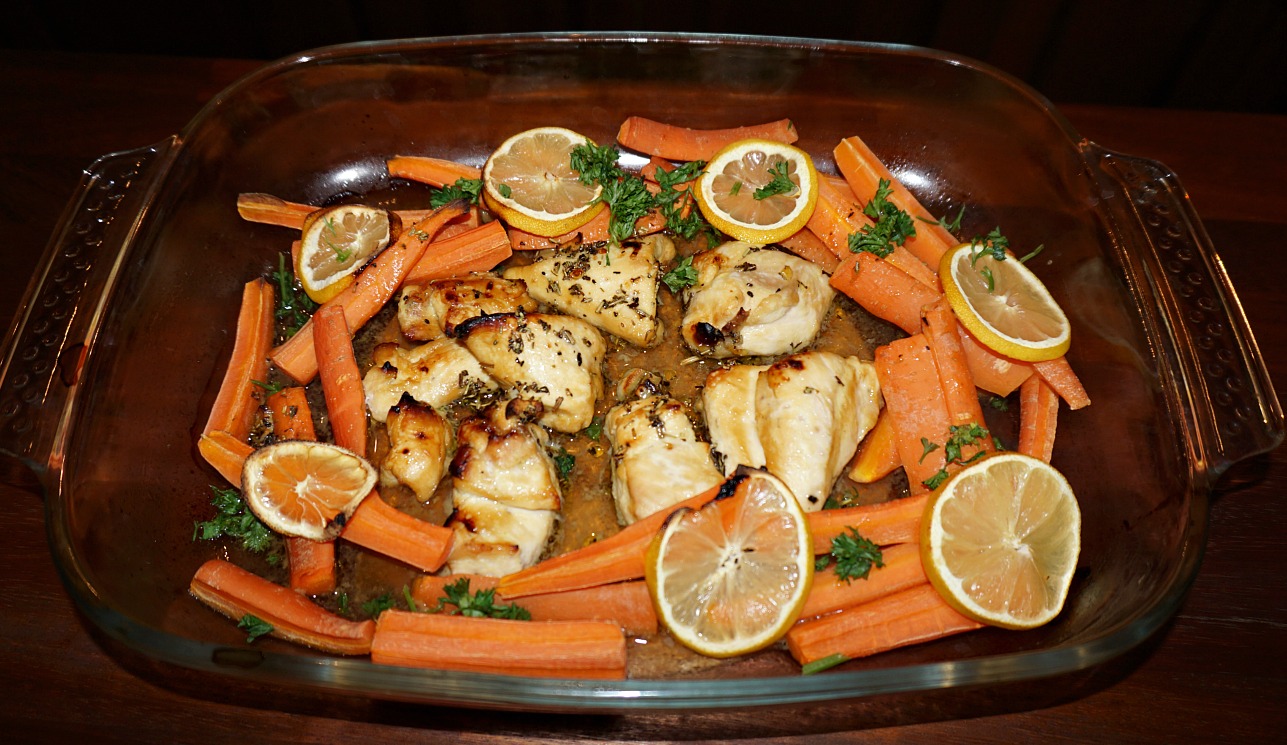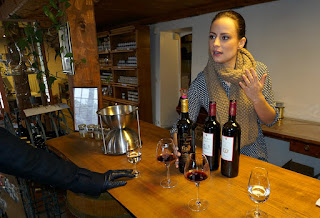Short loop above Tourrettes-sur-Loup

The village of Tourrettes-sur-Loup (400 m) about 6 km from Vence is known as artists’ village, but it has also been known for the cultivation of violets for over a century. The end of the violet harvest is still celebrated every year, in the end of February or early March, by the Fête des Violettes.
It was a grey but warm April day. As we walked past the Bastide aux Violettes, the museum dedicated to violet cultivation, we decided to visit it on the way back.
The walk started from the centre of the village. We first ascended about 2 km along a narrow paved road in the residential area of St-Martin west of the village centre. Signposts and yellow marks along the trail guided us well, the hike is called Circuit de Pié Martin.
The trail forked right where the paved road ended and continued in an evergreen forest, notably comprising chênes verts, holly oaks. We glimpsed a small deer crossing the path and admired a hawk above us. We saw several diggings of wild boars on the path. What a contrast it was viewing the busy Riviera not so far away!
Eventually, at about 800 m altitude, we hit a dirt track running horizontally in the southern flank of Pic de Courmettes (1248 m). We turned right and followed the track about 300 m until we came to the next signpost showing the way back down to Tourrettes-sur-Loup. First the trail was a wide track leading to Pié Martin, a plateau with great views to the Riviera coastline, Tourrettes-sur-Loup, and Vence. After the plateau, a narrower and rockier but still a good path descended rapidly back to the neighbourhood of St-Martin.
In Bastide aux Violettes, we learned the many uses of violets; in perfumes, for medical purposes, in sweets and jams, as decoration of gourmet dishes, and of course bouquets that once used to be very fashionable.
Walking time: 3 hours
Vertical ascent: 450 m
Map: IGN 3643 ET “Cannes Grasse Côte d’Azur”















































